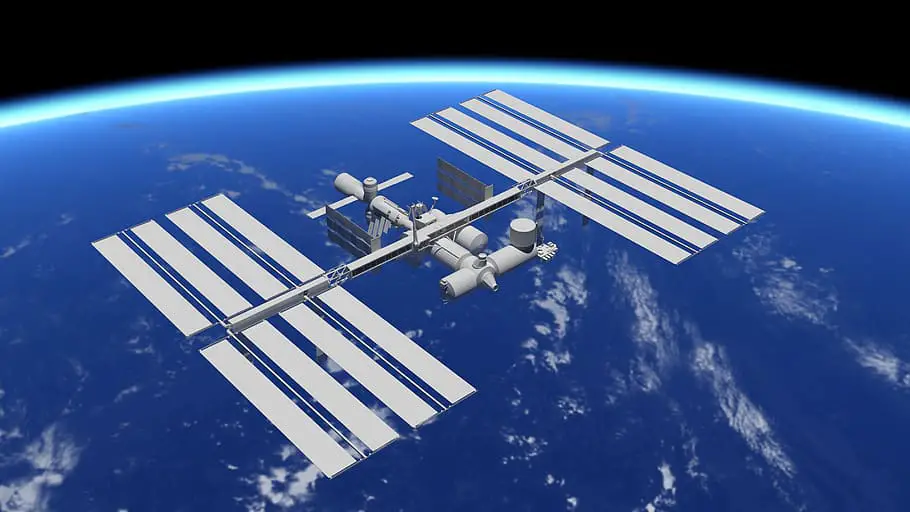Space has been referred to as the new frontier many times, inspiring writers and filmmakers to conjure ideas (more or less credible) of a future allowed by fantastic advances in Space Technologies.
However, history has shown that following an initial phase of “discovery” of a new environment and consolidation of necessary technology, an explosion of firms emerges to take advantage of the new opportunities presented by the new environment. We’ve arrived at this point. We are in a period known as Space 4.0, which has seen a shift in paradigms and changes in motivations, actors, and, yes, technologies.
With so many challenges faced and opportunities available to space technologies in the current age, it’s hard to envision the advances that will be made in the future of space travel. However, there are a few things we can be certain of: technology and research will both continue to grow, giving us the ability to solve problems that were previously impossible or cost-prohibitive; and new business models will continue to develop around satellites and other space technologies, creating opportunities for everyone from investors to scientists and engineers.
The Need for an Appropriate Regulatory Framework in a New Space
There is an ongoing revolution in the space sector, with new players entering a domain traditionally occupied by institutional players to exploit the new opportunities that have opened up in front of them under the banner of New Space. These could range from more futuristic potential, such as space tourism or asteroid mining, to new services supplied by space data. Successful entrepreneurs from other industries, such as Richard Branson in the United Kingdom and Elon Musk in the United States, have entered the space arena, taking risks. This is where we can identify the first difficulty and draw lessons from history to avoid space becoming a lawless “wild west” where the strongest can gain an unfair edge.
Technical Obstacles
Systems for propulsion
Moving on to the more technical issues, the performance of propulsion systems in space is a big task to overcome.
Humans Protection
Space health and medicine, enabling humans to tolerate the space environment for long periods, and creating artificial habitats in space and on other planets to support a tolerable quality of human life are closely related to human exploration. The aim here is to create a completely artificial habitat that supports people’s well-being and physical and mental health while safeguarding them from the harmful effects of the space environment.
Space Technologies at a Low Cost
The expansion of the CubeSat market reflects this democratization and marketization of space. However, the performance of these systems is modest, and their physical size is typically a constraint (For example, the resolution that can be attained is limited by the size of the optics, and the amount of power that can be collected is limited by the size of the solar panels.).
CubeSat’s capabilities are frequently exaggerated to an unsuspecting public in terms of its overall performance. There is a broad demand for higher-quality items that include the necessary hardware while remaining affordable.
Structures with a lot of space
Large Space Structures are at the other extreme of the size spectrum when it comes to CubeSats (LSS). For decades, these have been discussed and researched, but real progress has been slow.
Another factor that might enable a variety of uses, similar to developments in propulsion, is the ability to deploy LSS. They do, however, provide several substantial obstacles, which vary depending on the unique locales.
Active Debris Removal and In-Orbit Servicing
This leads us to the possibilities of robotic in-orbit servicing and flexible technology capable of supporting multipurpose missions. Servicing and maybe repairing current satellites is one of these options, as is active debris removal.
![]()
